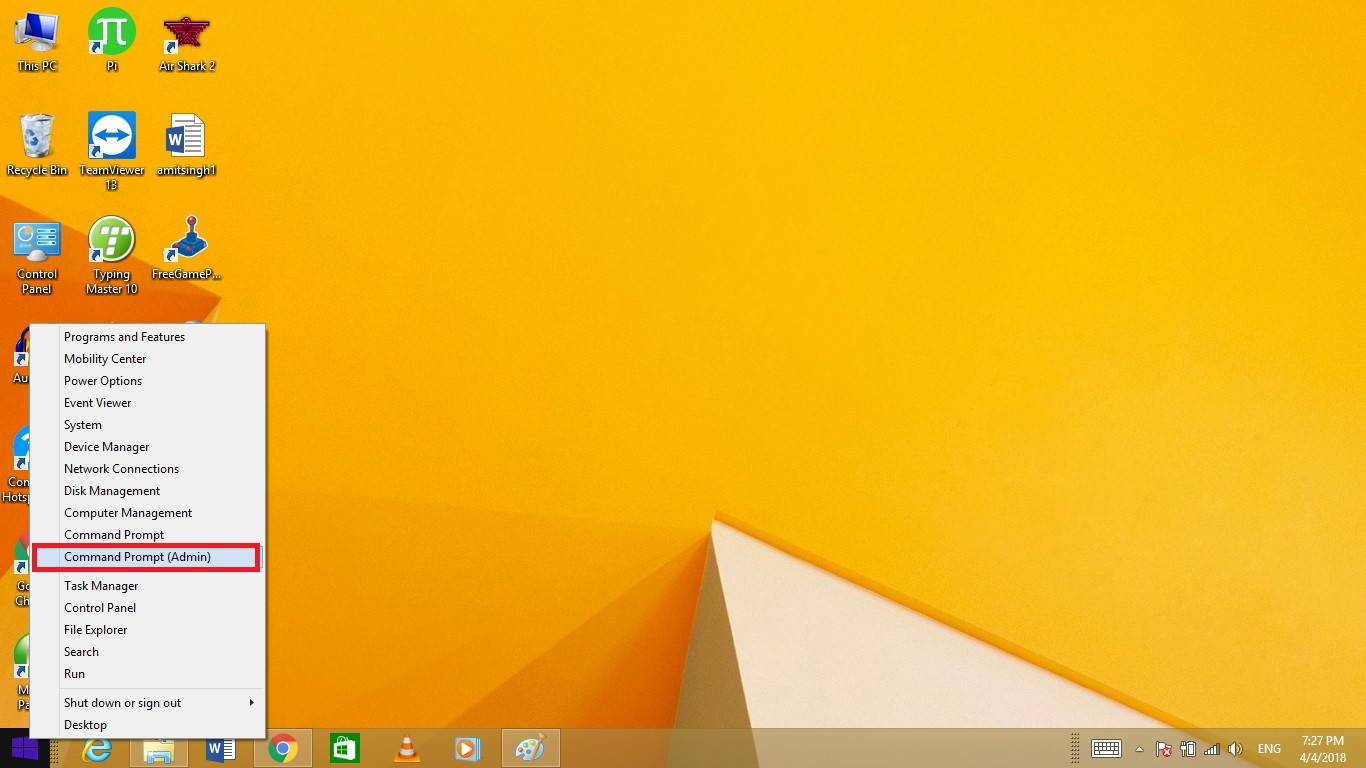3 Ways To Boot Up Windows 8 In Safe Mode
The Windows Safe mode really comes in handy whenever a PC shuts down incorrectly due to some various issues, and/or refuses to boot up normally. If you’re not familiar with Safe mode, Safe Mode starts Windows with only a limited set of files and drivers – meaning no program will automatically start up with Safe Mode. Also, your Windows PC will not connect to a network. All in all, with the Safe Mode, an infection is unlikely to get worse. You can easily find and solve any problems with your PC by using this feature, this keeping your hardware or date safe.
Those of you who have used Safe mode before will know that Safe mode was really easy to find in all previous versions in Windows up to Windows 7. Now, instead of the old procedure, starting from Windows 8, the system monitors the startup procedure and whenever problems are detected on your computer, you’ll be automatically directed to the new Recovery Mode. At this point you will be presented with the message: “Recovery. It looks like Windows didn’t load correctly”.
How to Boot Into Safe Mode When Windows Is Running Normally
1. Press ”Win + R” to get the Run dialog. Type in
msconfig and launch the utility.
2. Navigate to the “Boot” tab. Check the option “Safe Boot”, followed by the type of Safe Mode that you want to achieve. We used “Minimal”, but you can use whichever mode you need. Click on Apply.
That’s all to it – when you reboot your machine afterwards, it will automatically start up in Safe Mode.
Now, the important part. You need to know that with this setting, your system will always boot up in Safe mode. Once you’ve sorted out the issue and no longer need your PC to boot up in Safe mode, launch
msconfig again, and uncheck the “Safe boot” option.Boot Into Safe Mode Using Shift + Restart
The second method to boot into Windows Safe mode whilst your computer is working normally is by using the “Shift + Restart” option.
1. Press the Power button Settings menu in the Charms bar (Windows key + C) or at the Windows login screen. Press and hold the ”Shift” key on your keyboard, and click Restart.
2. After a few seconds, Windows will present you with a screen similar to the one below and ask you to choose an option. Select “Troubleshoot”.
3. Click on ”Advanced Options”.
4. Select ”Startup Settings”.
5. You’ll be informed of the fact that you are about to restart in order to change several Windows options, in which include enabling ”Safe Mode”. Simply press Restart.
6. Your PC will restart again and will display nine startup settings, including how to access them using the Fn keys. ”Safe Mode, Safe Mode with Networking and Safe Mode with Command Prompt” will be included in this list.
Select in which mode you want to start up Windows by using the following keys:
- F4 key – Enables Safe Mode
- F5 key – Enables Safe Mode with Networking
- F6 key – Enables Safe Mode with Command Prompt
Once you selected the mode you want to boot in, Windows will boot according to the setting you selected.
How To Boot Windows 8 In Safe Mode When Your PC Is Not Starting
This second method is a little bit tricky, as it takes many efforts and patience to launch the “recovery mode” when the start up sequence is on going.
Why this sequence rarely works? This official blog post from Microsoft explains the fact that this particular behavior is caused by their work in designing a very fast boot procedure. Both Windows 8 and Windows 8.1 have the fastest boot times ever.
“Windows 8 has a problem – it really can boot up too quickly. So quickly, in fact, that there is no longer time for anything to interrupt boot. When you turn on a Windows 8 PC, there’s no longer long enough to detect keystrokes like F2 or F8, much less time to read a message such as “Press F2 for Setup.” For the first time in decades, you will no longer be able to interrupt boot and tell your PC to do anything different than what it was already expecting to do.” (Steve Sinofsky)
Chances are that if you have modern PC with a really fast SSD drive, there’s really no way you can interrupt the boot procedure with your valiant keypress efforts. But on older PCs, with a classic BIOS and no SSD drive, pressing these keys might still work though.
Once you power on your PC and pass the BIOS splash screen, quickly hold down the “Shift” key and repeatedly hit the F8 key. This may not work the first time, but keep on trying, you’re bound to achieve at some stage. Once you successfully do so, you should be taken to the recovery mode.
Click on the “See advanced repair options” option. Once you reach the next screen, simply hit the “Troubleshoot option”.
In the troubleshoot menu, hit “Advanced Options”. Do so, and you’ll see ”Windows Startup Settings”.
The next screen will ask you to restart your PC/Laptop. Once that is done, you’ll be presented with the familiar Advanced Boot Option screen (the same one which was introduced Windows XP.) You can choose Safe Mode there.
You should know that there are other means to load up Windows 8/8.1 using recovery media as well, but the methods shown above are the easiest of all.

Comments